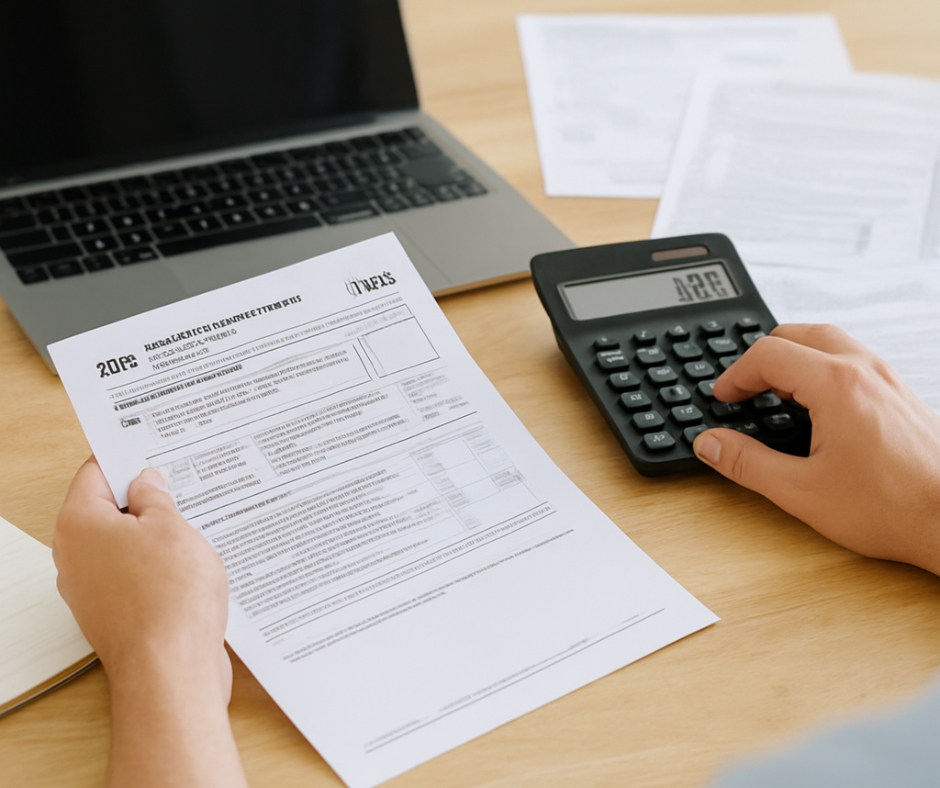Introduction
How to use email segmentation to boost engagement is a question every marketer should prioritize. Email segmentation, a strategy involving the division of your email list into smaller, more targeted groups, is a powerful tool that can significantly increase your email marketing success. In this blog post, we will uncover actionable tips, best practices, and examples to help you implement segmentation effectively. Let’s dive in!
The Benefits of Email Segmentation
Email segmentation allows you to send personalized content that resonates with specific audience groups. This personalization fosters stronger connections, leading to higher open rates, better click-through rates, and ultimately, more conversions. Furthermore, it helps reduce unsubscribes by ensuring recipients receive relevant content.
For example, a clothing retailer can send tailored emails based on customer preferences, such as summer collections to beachwear enthusiasts or formal attire promotions to professionals. This targeted approach ensures customers feel valued and understood.
Types of Segmentation
When learning how to use email segmentation to boost engagement, it’s essential to understand the various types:
- Demographic Segmentation: Age, gender, income, or education level can influence customer needs and preferences.
- Behavioral Segmentation: Segment users based on actions like past purchases, website visits, or email interactions.
- Geographic Segmentation: Location-based segmentation ensures relevance for regional promotions or events.
- Psychographic Segmentation: Lifestyle, values, and interests provide deep insights for highly targeted campaigns.
Each type can be customized to suit your industry, helping you deliver messages that resonate deeply.
Best Practices for Effective Email Segmentation
- Know Your Audience: Gather data through surveys, website analytics, and CRM tools.
- Set Clear Goals: Define what you aim to achieve with each segmented campaign.
- Start Simple: Begin with basic segments, such as new subscribers versus loyal customers.
- Test and Optimize: Use A/B testing to refine your approach for better results.
- Automate Where Possible: Leverage automation tools to streamline segmentation and campaign execution.
Tools to Enhance Email Segmentation
Modern tools simplify segmentation and help you optimize campaigns:
- Mailchimp: User-friendly with robust segmentation features.
- HubSpot: Integrates CRM data for precise targeting.
- Klaviyo: Designed for e-commerce segmentation.
These platforms empower you to create sophisticated segments without technical complexity.
Common Pitfalls to Avoid
While segmentation offers numerous benefits, there are potential challenges:
- Over-Segmentation: Avoid creating too many small segments, which can be hard to manage.
- Ignoring Data Accuracy: Ensure your data is clean and up-to-date to avoid targeting errors.
- Generic Content: Segmentation is ineffective without personalized, relevant content.
Addressing these pitfalls ensures your segmentation strategy delivers maximum results.
Conclusion
In conclusion, mastering how to use email segmentation to boost engagement can transform your email marketing efforts. By understanding your audience, employing the right tools, and following best practices, you can create impactful campaigns that drive significant results. Start implementing segmentation today and witness the difference it makes for your business.













